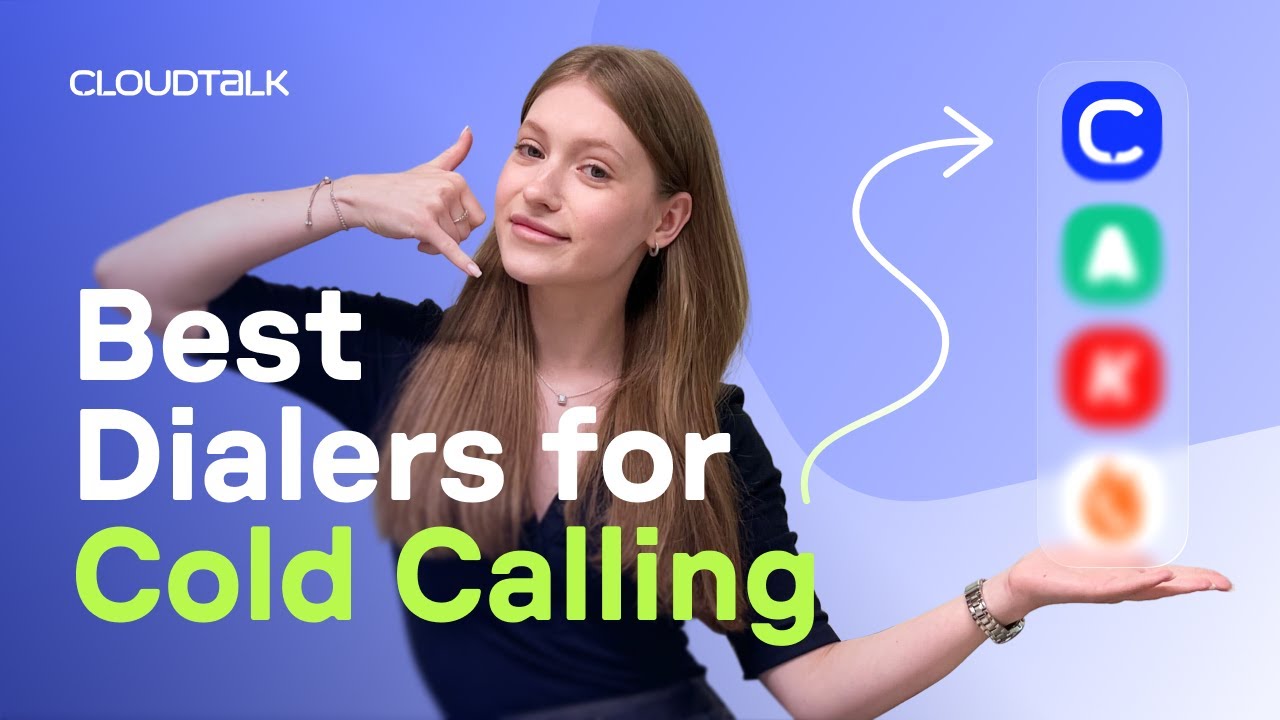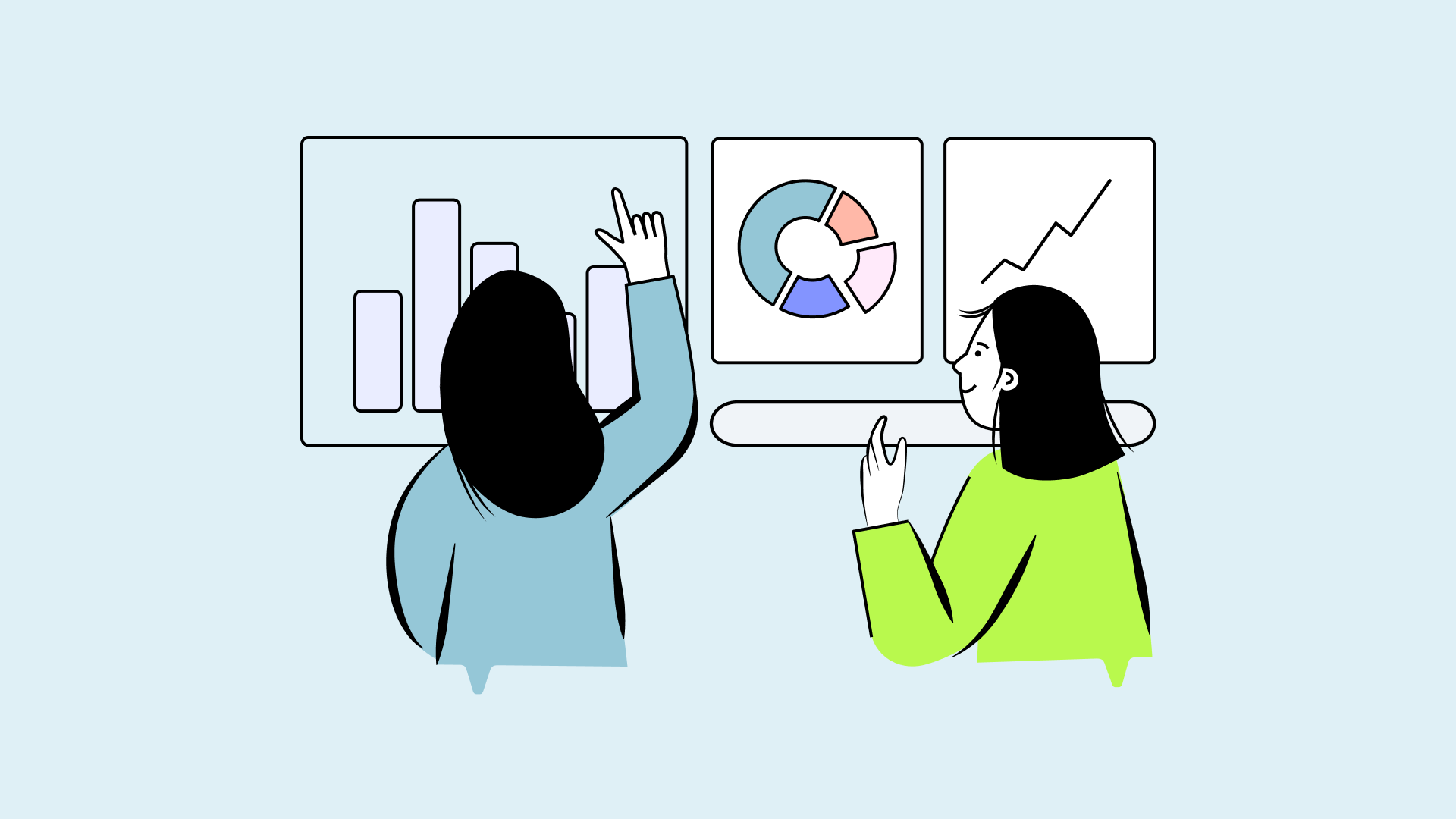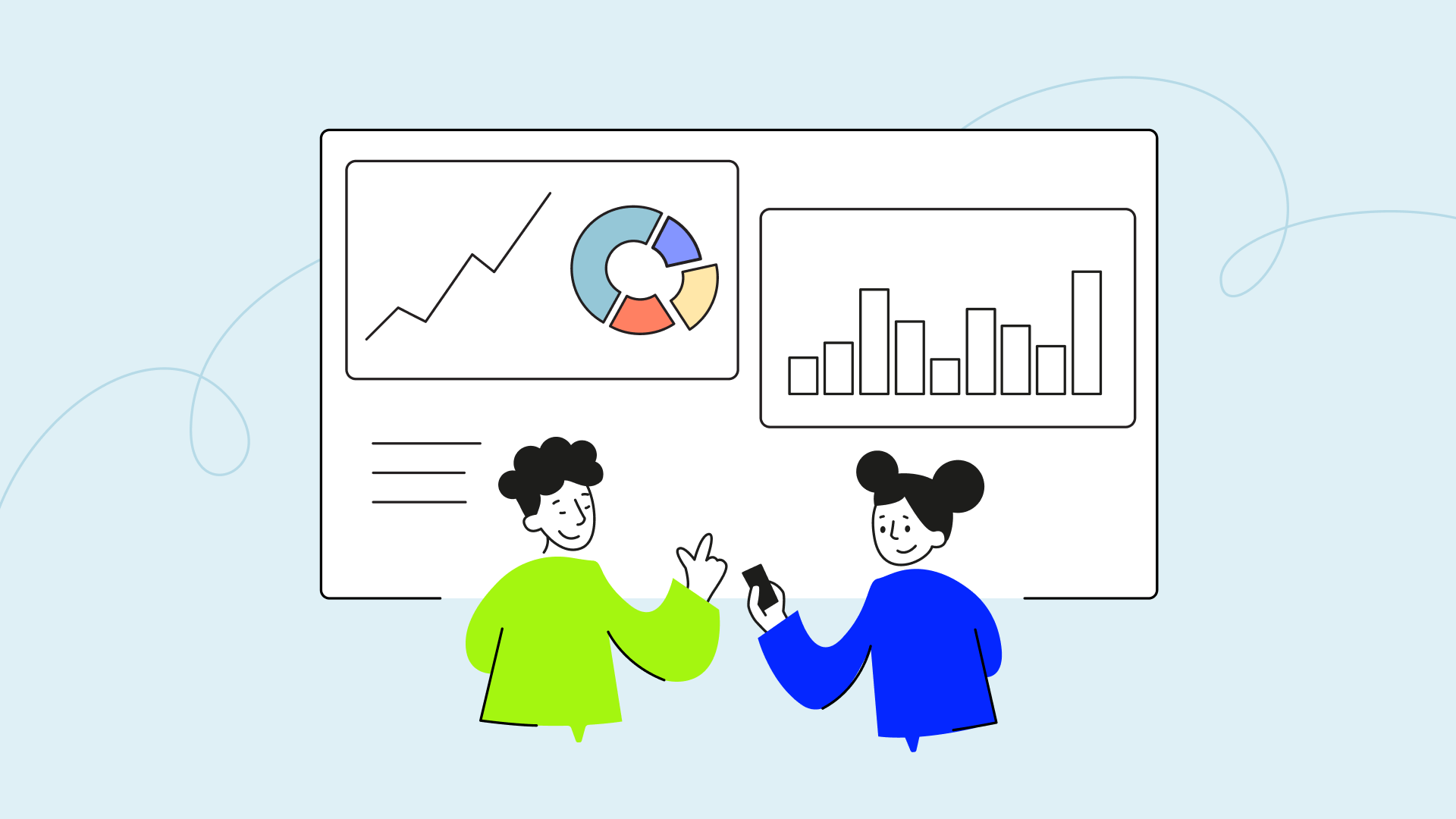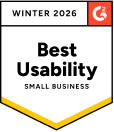
What Is a Preview Dialer?
A Preview Dialer is an automated outbound dialer that gives agents key information about a customer or lead before making a call. This includes their history, previous interactions, and relevant notes, allowing agents to personalize their approach and improve call effectiveness. It also allows agents to decide whether to start or skip the call based on the available information.
80% of consumers are more likely to buy from companies that offer personalized experiences.* But reps under pressure to hit volume targets often sacrifice quality for speed.
Preview Dialers solve this by giving agents context before each call—enabling tailored, more effective conversations. Here’s how they work and why they matter.
What You’ll Learn in This Article
- How preview dialers turn data into smarter, more personal calls.
- Why personalization beats speed—and how it affects dropped calls.
- The difference between Preview, Power, and Smart Dialers (and when to use each).
- A simple shift that helps agents boost FCR and close more deals.
- How preview dialers help keep your call center compliant—and your customers happy.
What Is a Preview Dialer?
A Preview Dialer is an automated outbound dialer that gives agents key information about a customer or lead before making a call. This includes their history, previous interactions, and relevant notes, allowing agents to personalize their approach and improve call effectiveness. It also allows agents to decide whether to start or skip the call based on the available information.
How Does a Preview Dialer Work?
The Preview Dialer selects the contact based on criteria such as time zone and priority. Before dialing, it displays relevant customer information to the agent, including history and previous notes. Then, the agent can review the data, prepare, and decide whether to start the call. After the call, they can log notes and schedule follow-ups before moving on to the next contact.
The Preview Dialer prioritizes personalization and agent preparation, setting it apart from other phone dialers like the Smart Dialers and Power Dialers, which focus on making the maximum number of calls in the shortest time and minimizing delays between calls.
On one hand, the Smart Dialer extracts numbers from websites, CRMs, or support tools with a single click, eliminating the need for manual dialing.
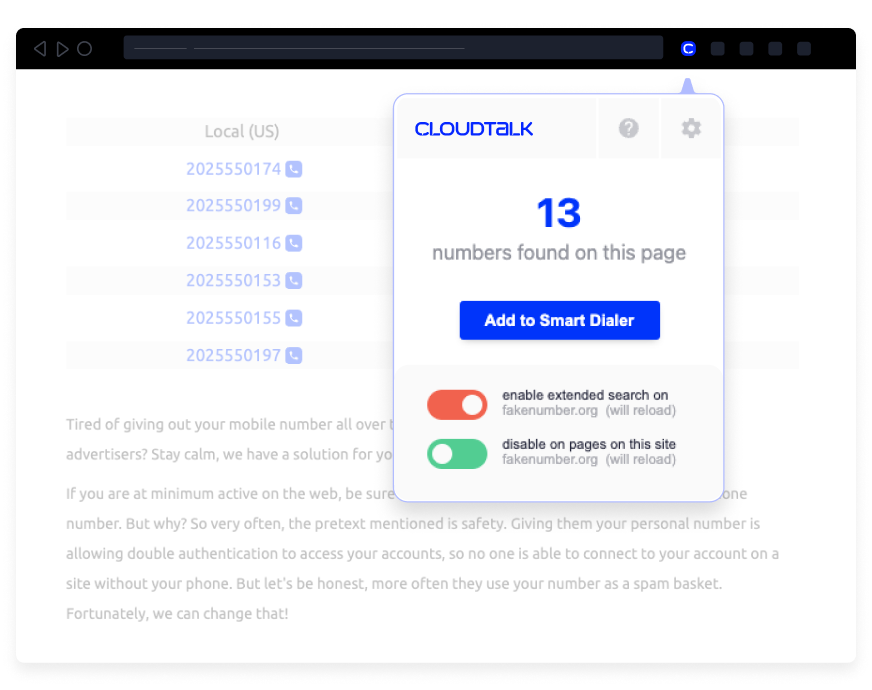
On the other hand, outbound Power Dialers assign outbound campaigns and automatically dial numbers one after another, eliminating manual dialing and allowing your sales agents to focus on connecting with clients and closing sales.
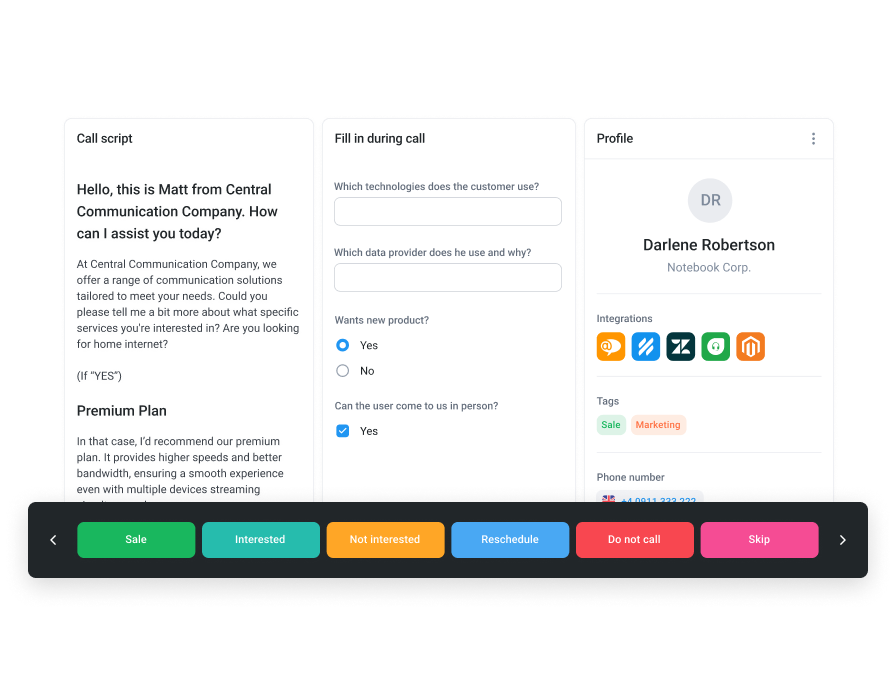
4 Key Benefits of a Preview Dialer
71% of customers expect a tailored experience—even on their first contact.* This statistic highlights how important it is to make every interaction feel personal and relevant. In this sense, a Preview Dialer ensures your agents never start a conversation blind, giving them the customer insights they need to personalize interactions, build rapport, and confidently close deals.
But that’s just the beginning. Let’s explore its key benefits.
#1 Reduce Dropped Calls
When you’re a sales agent, every call is like a first date. If you go in unprepared, you might run out of things to say—or worse, say something wrong and make them “step out for a moment” (and never come back).
That’s where the outbound preview dialer saves the day. It gives your agents a quick look at who the customer is before you call. So when they answer, you already know their name, what they need, and how to help. The result? Smoother conversations, fewer awkward pauses, and way fewer dropped calls. It’s like having a cheat sheet for the perfect call.
#2 Boost Agent Performance
Instead of wasting time searching for information or manually dialing numbers, the call center dialer system does it for you. A Preview Dialer automatically accesses customer data and dials the number, reducing idle time between calls. This allows agents to focus on valuable conversations rather than repetitive tasks.
Additionally, with detailed customer information available from the start, agents can resolve questions or issues on the first call, increasing the First Call Resolution (FCR) and avoiding unnecessary follow-ups. This not only improves the customer experience but also optimizes team productivity.
#3 Enhance Customer Engagement
72% of today’s consumers say they only engage with marketing messages tailored to their interests.*
After all, no one likes repeating information or receiving a generic call that doesn’t apply to their situation. With a personalized conversation, the customer feels that their time is valued and that the company truly understands their needs.
Similarly, if a prospect receives a call with an offer that genuinely interests them, they are much more likely to pay attention. In contrast, a generic call can feel irrelevant and be easily ignored.
#4 Ensure Compliance & Improve Call Quality
Contact centers must comply with regulations such as TCPA, GDPR, PCI-DSS, and HIPAA, depending on the industry and region. Preview dialers help agents adhere to predefined protocols by accessing relevant customer information before the call, ensuring consistent, regulation-compliant messaging. As a result, service quality improves and strengthens customer satisfaction and trust.
For example, a preview outbound dialer can help maintain compliance by verifying whether a contact has provided explicit consent or is listed on a Do Not Call registry before dialing. This prevents agents from making unauthorized calls, reducing the risk of legal penalties and customer complaints.
Keep Your Call Center Secure – Advanced Protection for Every Call

Boost Outbound Productivity by 50-100% with Automatic Dialers
Automated dialing systems can increase outbound call productivity by 50-100%*, but efficiency alone won’t drive results. A Preview Dialer ensures agents have the right insights before each call, leading to smoother conversations, higher engagement, and better compliance.
Want to take your outbound strategy even further? CloudTalk’s Smart Dialer lets agents quickly pull numbers from websites or CRMs and dial them with a single click, while the Power Dialer automatically calls one number after another, eliminating manual dialing and keeping agents focused on conversations. Book a demo today and start transforming your call process!

Eliminate Manual Dialing – See How CloudTalk Works!

Sources:
- New Epsilon research indicates 80% of consumers are more likely to make a purchase when brands offer personalized experiences
- The Rise of Personalization: Tailoring Performance Marketing for Maximum Impact
- Privacy & Personalization Report from SmarterHQ
- How Cloud-Based Dialers for Contact Centers Drive Efficiency

